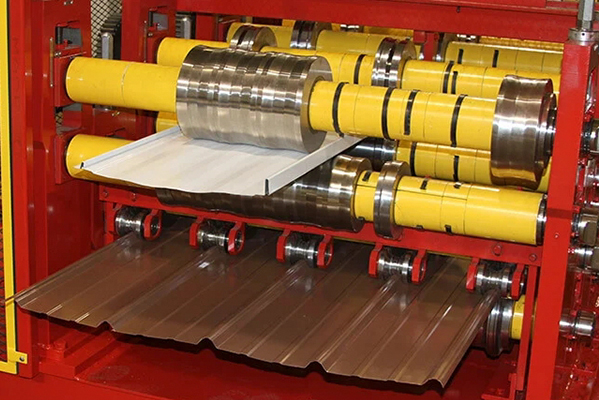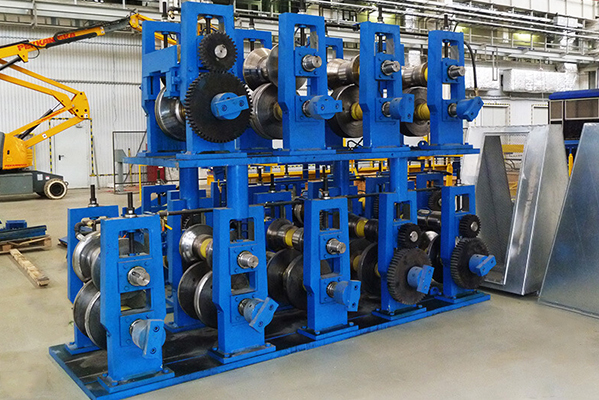Navigation Menu
Contact Us
- Email:
- info@wxavatar.com
- Address:
- Yurong Village, Yuqi Street, Huishan District, Wuxi, China.
Release Date:Apr 21, 2025 Visit:60 Source:Roll Forming Machine Factory
Steel trusses are widely used in construction due to their strength, durability, and versatility. They are commonly found in roofs, bridges, and industrial structures. The production of steel trusses involves several key steps to ensure structural integrity and precision.

1. Design and Planning
The process begins with detailed engineering design. Engineers calculate load requirements, span lengths, and joint configurations using structural analysis software. Technical drawings are created to specify dimensions, material grades, and connection details.
2. Material Selection
High-quality steel, typically in the form of angles, channels, or hollow sections, is selected based on design requirements. The steel must meet industry standards for strength and weldability.
3. Cutting and Shaping
Steel members are cut to precise lengths using saws, shears, or plasma cutting machines. Holes for bolts or rivets are drilled or punched as needed. Some components may be bent or formed into specific shapes using hydraulic presses or rollers.
4. Assembly and Welding
The cut pieces are assembled into the truss configuration on a fabrication table or jig. Temporary clamps hold components in place before welding or bolting. Skilled welders join the members using arc welding or other approved methods to ensure strong, durable connections.
5. Surface Treatment
After assembly, the truss undergoes surface preparation to remove rust, scale, or welding residues. Protective coatings, such as primer or paint, may be applied to enhance corrosion resistance.
6. Quality Inspection
Each truss is inspected for dimensional accuracy, weld quality, and structural soundness. Non-destructive testing methods, such as ultrasonic or magnetic particle inspection, may be used to detect hidden defects.
7. Transportation and Installation
Finished trusses are labeled and transported to the construction site. They are lifted into position using cranes and secured according to the design specifications, either through bolted or welded connections to supporting structures.

Conclusion
The production of steel trusses requires careful planning, precise fabrication, and thorough quality control. Properly manufactured trusses provide reliable support for various construction projects, contributing to long-lasting and stable structures.